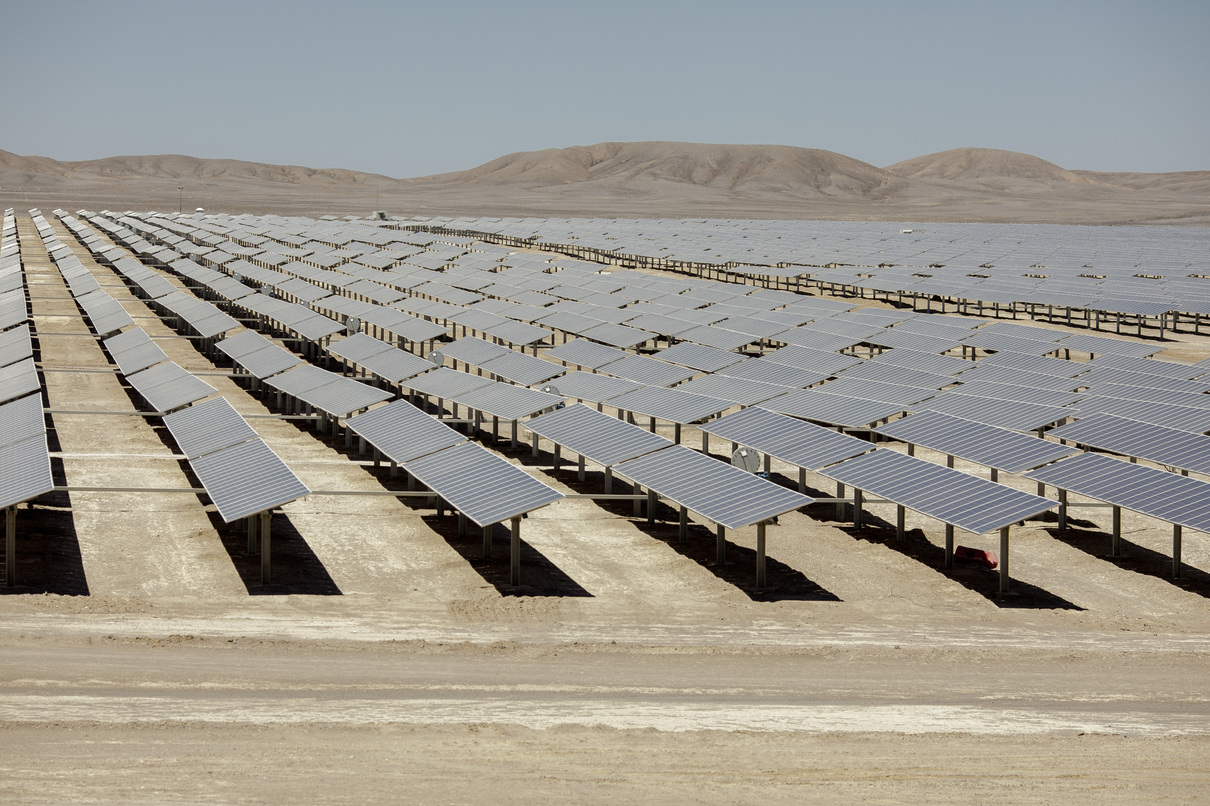Published on March 30, 2021
This is Part 2 of our sustainability series to preview our upcoming publication about sustainability of Power-to-X and hydrogen. Read the introduction here. Visit our website regularly to stay up to date.
Power-to-X (PtX) technologies offer unique pathways for defossilising industries and reaching the goals of the Paris agreement. To produce PtX fuels and feedstocks, only electricity, water and CO2 are needed.
However, the production of PtX products can be highly resource-intensive: They require water and land – scarce resources in many regions of the world. We need to guarantee that PtX production does not compete with crucial processes such as local drinking water supply, promoting biodiversity, agricultural land use as well as land use change. To ensure that, producer standards and political frameworks are needed.
PtX production must not impact crucial land use
PtX production itself requires little space, but the renewable capacity that runs the plants does. Direct air capture (DAC) technologies need a lot of space, too, and biogenic CO2 sources (e.g. CO2 produced from the combustion of biogas) even more so. This may result in land use problems.
However, compared to similar technologies (e.g. biofuels), PtX products have superior yields and different land requirements: They do not need arable, fertile land. This puts them in little competition with food production. Wind and solar power also have relatively low land coverage, especially wind with only 5% land coverage.

To ensure sustainable land use, all plants along the PtX value chain must comply with international standards to protect biodiversity and the local population, such as the international Convention on Biological Diversity (CBD). Procedures for civil participation and distance regulations are essential to ensure a socially acceptable expansion of renewable energies and PtX production. By restricting PtX applications to sectors that are difficult to electrify, it should be possible to manage both area requirements and competition with other land uses.
Potential risks in water-scarce regions
The water consumption of PtX is relatively lower compared to other applications. While water intensity of electrolysis requires only approximately 9 to 10 litres per kg of hydrogen produced, potatoes require 240 to 400 l/kg and rice 600 to 3400 l/kg.
However, regional water risk can be high. Some of the regions with higher PtX production potential are already suffering from water shortages according to UN Water data.

To avoid possible water resource conflicts, the construction of electrolysis plants could be accompanied by additional seawater desalination plants. Those are already part of water policies in many coastal countries and PtX plants might make these investments even more profitable.
Are desalination plants an option?
Desalination is a technologically feasible solution to remove dissolved salts from seawater. However, there are concerns about the energy intensity of desalination as well as brine disposal. The high concentration of salt and chemicals in brine can cause negative ecological impacts and threaten biodiversity.
How to manage energy intensity and brine disposal
- First, electricity used for desalination must respect the same requirements as electricity used for PtX production, meaning that the electricity used must both be renewable and additional.
- Secondly, national governments should establish policies that oblige companies to treat the brine before disposal and to choose the location with the least negative impact.
Local populations as well as firms can benefit, too: Communities can get access to high quality drinking water and companies might extract minerals and chemicals from the brine for industrial uses.
In the long run, making use of direct air capture (DAC) technologies could help to reduce local water source depletion caused by PtX production: Since air always contains more H2O than CO2, even in arid areas, water could simultaneously be produced while capturing CO2.
Assessing water risks before implementing a PtX project
It is essential to comprehensively assess whether a planned PtX project will carry water risks in a region beforehand. An already existing assessment framework is for example the WWF Water Risk Filter, which evaluates three categories of water risk in a systemic approach:
- Physical risk (water availability, water quality, biodiversity issues);
- Regulatory risk (instruments, institutions and governance) and
- Reputational risk (water culture and conflicts).
The response to water risk must be regional and should be decided upon case-by-case on a project level. A traffic signal system could be developed, indicating where PtX can be implemented without causing water risk. An additional regulation could be to prohibit the use of drinking water for PtX production.
Water and land use must be critically assessed to ensure sustainable PtX
As became clear, PtX projects need both land and water stewardship approaches to guarantee that PtX production is truly socially acceptable, environmentally sustainable and economically beneficial.
Sources:
https://www.oeko.de/fileadmin/oekodoc/Impulse_paper_criteria_for_e-fuel_production.pdf
Contributors to this article are Giulia Varaschin and Ronja Kwasniok.
